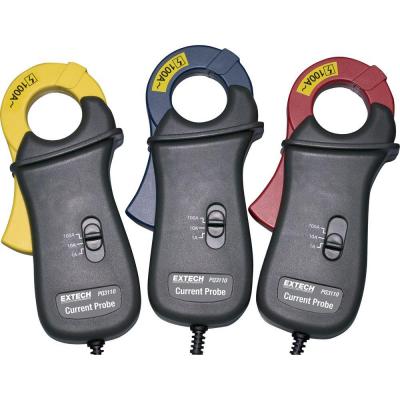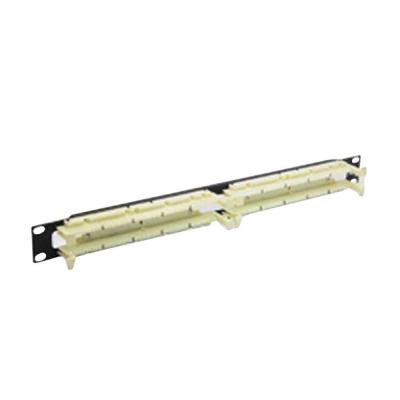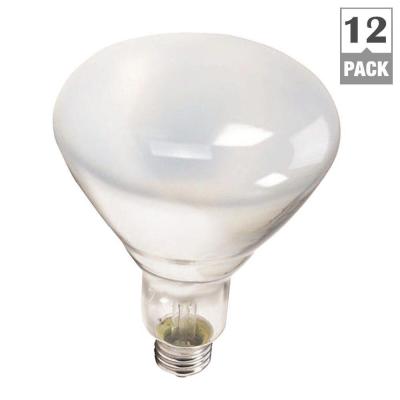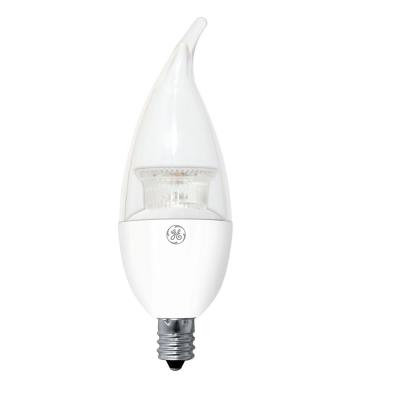Popular nationwide certified electrician - Faq's - Diagnosis & Repair - Discount electrical stores for electrical wiring installation, ceiling fans inspection, circuit breaker troubleshooting, faulty wiring. Without that connection between the ground wire and the plug, wild current can go anywhere: into your electrical device, where sensitive components can be destroyed, or worse, into your body. But a three-prong outlet also has a ground wire, which is a safe place for unexpected bursts of current to go when they occur. Two-prong outlets have only two wires: a hot wire and a neutral wire. Shock and electrocution are more likely to occur when no ground wire is present ..More
- Install Fire Alarm Jeffersonville Township, IN
- Repair Circuit Breaker White Plains, NY
Three Prongs Good, Two Prongs Bad
Among the more obvious pieces of electrical safety advice you may have encountered is to never saw the third prong off of an electrical plug in order to fit it into a two-prong outlet. But just because we can recognize that as a self-evidently bad idea doesn’t mean everyone knows why it’s dangerous.
Two-prong outlets have only two wires: a hot wire and a neutral wire. But a three-prong outlet also has a ground wire, which is a safe place for unexpected bursts of current to go when they occur. Without that connection between the ground wire and the plug, wild current can go anywhere: into your electrical device, where sensitive components can be destroyed, or worse, into your body. Shock and electrocution are more likely to occur when no ground wire is present.
Moving On Up
Three-prong outlets didn’t become standard in North American homes until the late 1960s, so while modern homes should be in good shape, there are plenty of homes out there with old two-prong outlets.
As a quick fix, you might be tempted to use adapters that convert two-prong outlets to fit three-prong plugs. You should resist the urge to use these so-called “cheater plugs”, however -- the ground wire is there for safety, and simply bypassing it creates a potentially serious hazard.
Instead, you should seriously consider upgrading the outlet if you need to regularly use three-prong plugs in that area. If you live in an older home where most of the outlets are two-prong, this is an upgrade you’ll need to do sooner or later.
When it comes to upgrading two-prong outlets, there are two basic options. The best choice is to have ground wires installed so that the outlets are fully up to the current standard. Unfortunately, this can involve several hours of electrical service and may require some cutting into walls, depending on how many outlets are being upgraded and how the home is configured. It may be a big undertaking, but it’s a quality investment in your home and safety.
A cheaper alternative is to upgrade to a ground fault circuit interrupter outlet, or GFCI. These outlets are capable of shutting themselves off if an electrical shock risk is present, but they won’t protect sensitive electronics from surge damage. The trade-off is that there’s no need to run a ground wire.
Out With the Old, In With the Old?
If you don’t like either of these options but you’re having trouble with a two-prong outlet, it’s technically not a violation of code to replace the outlet with another two-prong version. Just keep in mind that this arrangement leaves both people and electronics vulnerable, so use these outlets with care and consider making a plan to upgrade later.
Ready to upgrade those old outlets? Start the process today by scheduling a no-obligation consultation with your licensed, local electricians.



